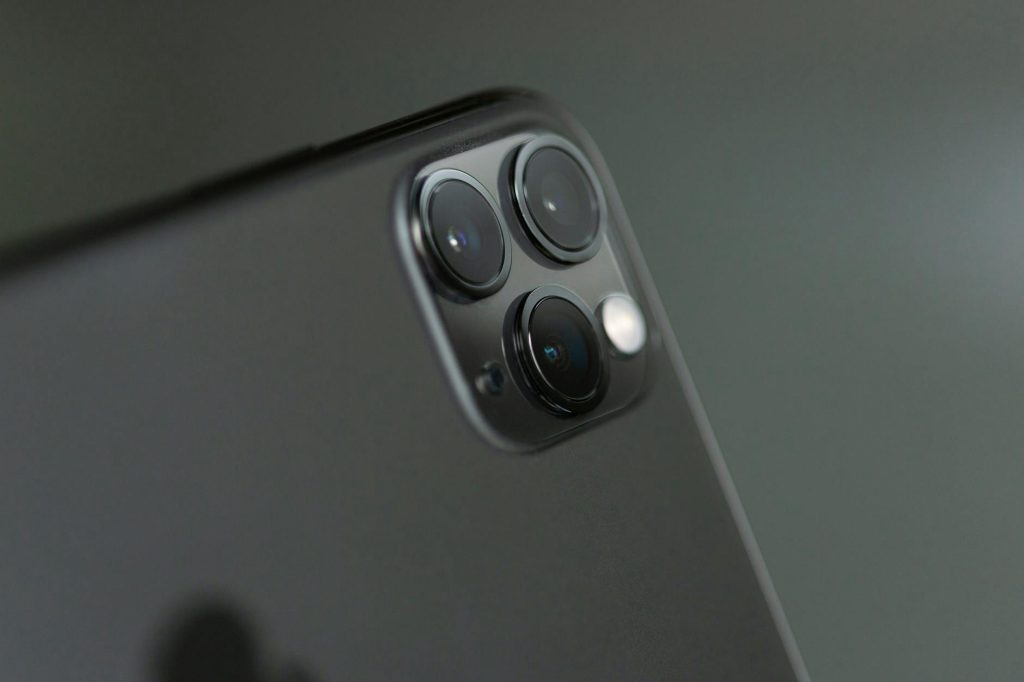As we approach the year 2030, the landscape of technology, especially in the realm of smartphones, is poised for significant transformations. The iPhone, Apple’s flagship product, has always been at the forefront of innovation and user experience. Looking ahead, the iPhone of 2030 is expected to embody a series of advancements that not only enhance its functionality but also redefine how we interact with our digital and physical worlds. From groundbreaking AI capabilities to sustainability-focused designs, the next generation of iPhones promises to integrate more seamlessly into our lives, offering unparalleled efficiency, connectivity, and user engagement.
Enhanced AI and Machine Learning
By 2030, the integration of AI and machine learning in the iPhone could be significantly more advanced than today. This could manifest in an even smarter personal assistant, capable of understanding context, emotions, and nuances in communication. The AI might handle complex tasks like scheduling, email management, and even giving personalized recommendations for health, entertainment, and lifestyle choices based on user behavior and preferences.
Improved Battery Life and Charging Technology
Battery technology is expected to make considerable strides by 2030. The iPhone might adopt new battery chemistries or technologies like solid-state batteries, offering longer life and faster charging times. This advancement could mean an iPhone that needs charging just once every few days, even with heavy usage.
Advanced Display and Camera Features
The iPhone’s display technology could evolve to offer even more stunning visuals. We might see higher resolutions, more vibrant colors, and adaptive displays that can efficiently adjust to various lighting conditions. The camera system is likely to see significant upgrades as well, with features like higher megapixel sensors, better low-light performance, and advanced computational photography techniques to produce professional-grade photos and videos.
Seamless Integration with Smart Ecosystems

By 2030, the iPhone could be at the heart of a more interconnected smart ecosystem. It could integrate seamlessly with smart home devices, wearables, and even smart city infrastructure. This would not only provide convenience but also enable the device to act as a central control point for various aspects of the user’s life.
Sustainability and Eco-Friendly Design
With growing environmental concerns, Apple might focus more on making the iPhone sustainable. This could involve using recycled materials, ensuring that the device is fully recyclable, and possibly introducing more energy-efficient software and hardware designs.
Health and Wellness Tracking
The health-tracking capabilities of the iPhone could see significant enhancements. Features like more accurate heart rate monitoring, blood oxygen level detection, and perhaps even non-invasive blood glucose monitoring could be standard. These advancements would make the iPhone a vital tool for health and wellness management.
5G and Beyond
While 5G is already being rolled out, by 2030, its implementation will be much more widespread and advanced. The iPhone could leverage these high-speed networks for faster data transfer, improved reliability, and to enable more complex tasks like real-time translation, augmented reality, and high-quality streaming to be performed effortlessly.
Enhanced Security Features
As digital security becomes increasingly vital, the iPhone could incorporate more advanced security features. This might include sophisticated facial recognition, improved fingerprint scanning, and perhaps new forms of biometric authentication. Enhanced encryption and privacy features are also likely to be a focus, ensuring that user data remains secure.
The iPhone of 2030, as envisioned here, represents a blend of technological advancement, user-centric design, and a commitment to sustainability. These features, while ambitious, are extensions of current trends and technological developments, making them a realistic glimpse into what we might expect in the next decade. This evolution will continue to shape how we interact with technology, enhancing our daily lives in myriad ways.



